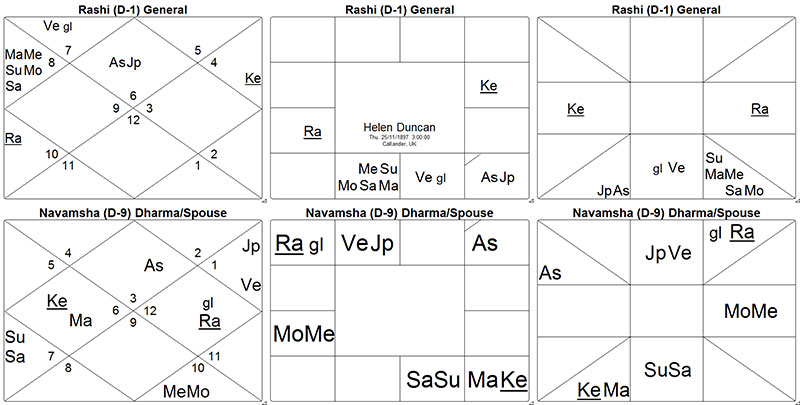
Maharṣi Parāśara names the chapter “Spaṣṭa Bala Adhyāya” where the emphasis is on spaṣṭa which means clearly perceived or discerned i.e. distinctly visible, is plain and intelligible. Unlike the vimśopāka bala which depends on the strength of the planet in the environment (varga), this gives a clear picture of its independent strengths. Spaṣṭa-bala is based on the longitude which is another meaning of the word spaṣṭa. This is the real strength of the planets. Before we jump into calculations and strength estimations, here are a few lessons that would give us a better understanding of the concepts used by Parāśara.
 Niṣeka and Ādhana - निषेक (niṣeka) and आधान (ādhāna) are separate events leading to pregnancy. ...
Niṣeka and Ādhana - निषेक (niṣeka) and आधान (ādhāna) are separate events leading to pregnancy. ... Varṇadā Introduction - The word varṇa is derived from vṛ meaning to cover, screen, conceal, surround or obstruct and refers to all that people attach to themselves due to family, profession or club. It includes colors, symbols, implements and everything that shapes the outward appearance, figure, shape. It can refer to a class of men, tribe, order or caste. Although in modern context it has come to mean the same as jāti (caste in India) but in reality it is different even though the nomenclature used is broadly the same – brāhmaṇa, kṣatriya, vaiśya and śūdra. In Kaliñga (South Orissa) as recent as… ...
Varṇadā Introduction - The word varṇa is derived from vṛ meaning to cover, screen, conceal, surround or obstruct and refers to all that people attach to themselves due to family, profession or club. It includes colors, symbols, implements and everything that shapes the outward appearance, figure, shape. It can refer to a class of men, tribe, order or caste. Although in modern context it has come to mean the same as jāti (caste in India) but in reality it is different even though the nomenclature used is broadly the same – brāhmaṇa, kṣatriya, vaiśya and śūdra. In Kaliñga (South Orissa) as recent as… ... Argala Stotra - ...
Argala Stotra - ... Ṣaḍbala Introduction - ...
Ṣaḍbala Introduction - ...









 Sohamsa offers online courses in jyotish (Vedic Astrology) taught directly by Sanjay Rath as per the tradition, through narrated power points and other audio tools. The courses are at different levels, from the beginners through the intermediate to the advanced and are known as SoHamsa | DBC courses, with individual classrooms and assistant teachers
Sohamsa offers online courses in jyotish (Vedic Astrology) taught directly by Sanjay Rath as per the tradition, through narrated power points and other audio tools. The courses are at different levels, from the beginners through the intermediate to the advanced and are known as SoHamsa | DBC courses, with individual classrooms and assistant teachers